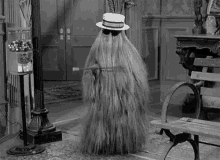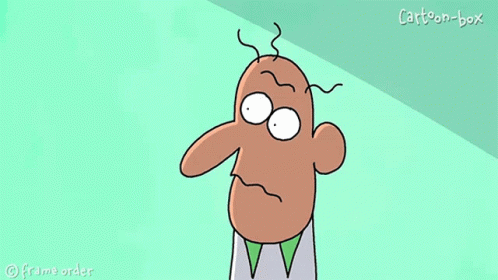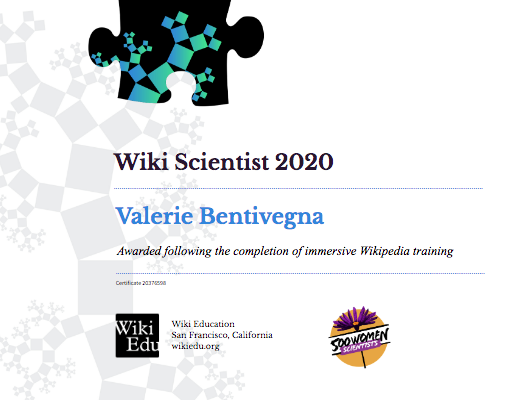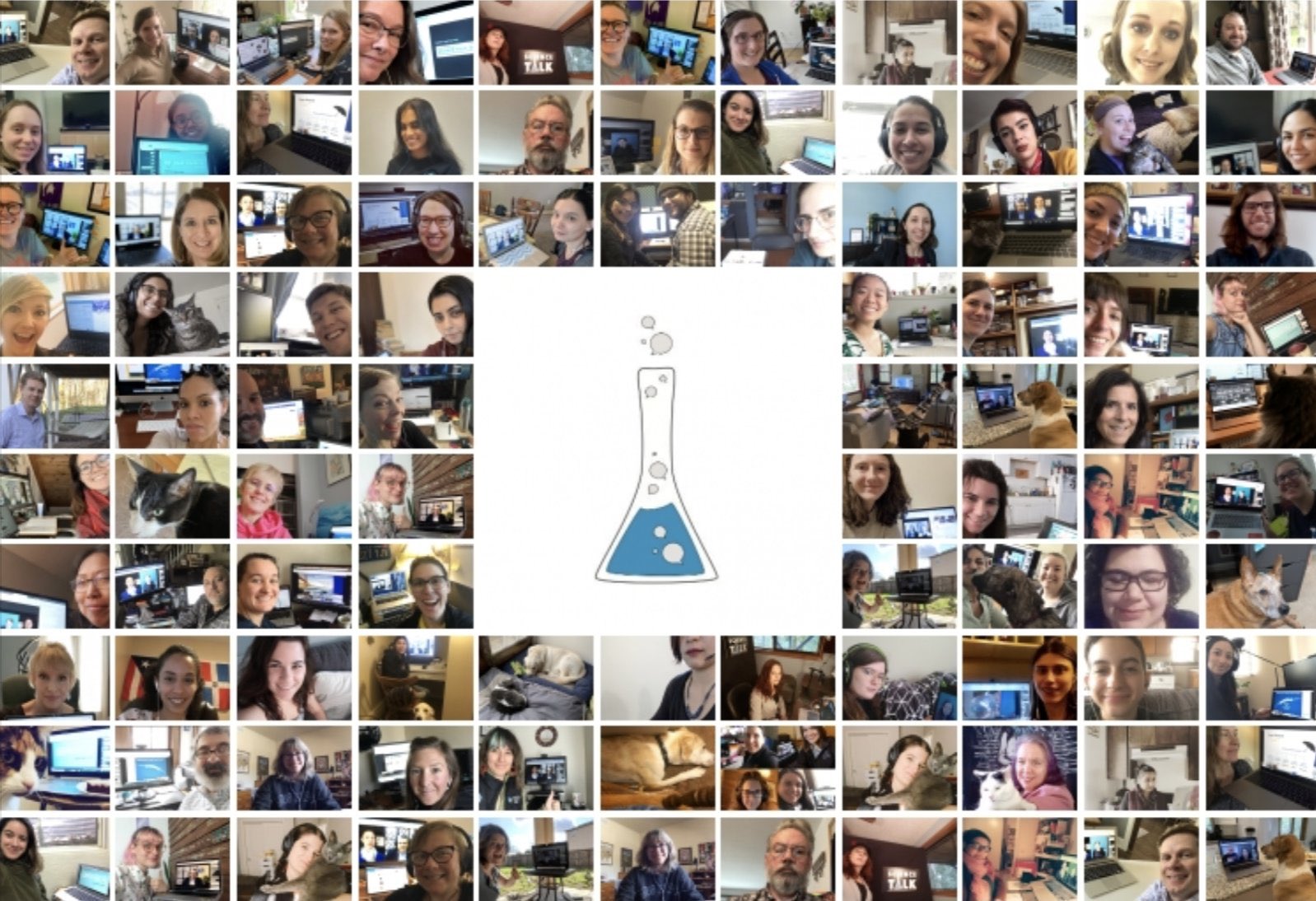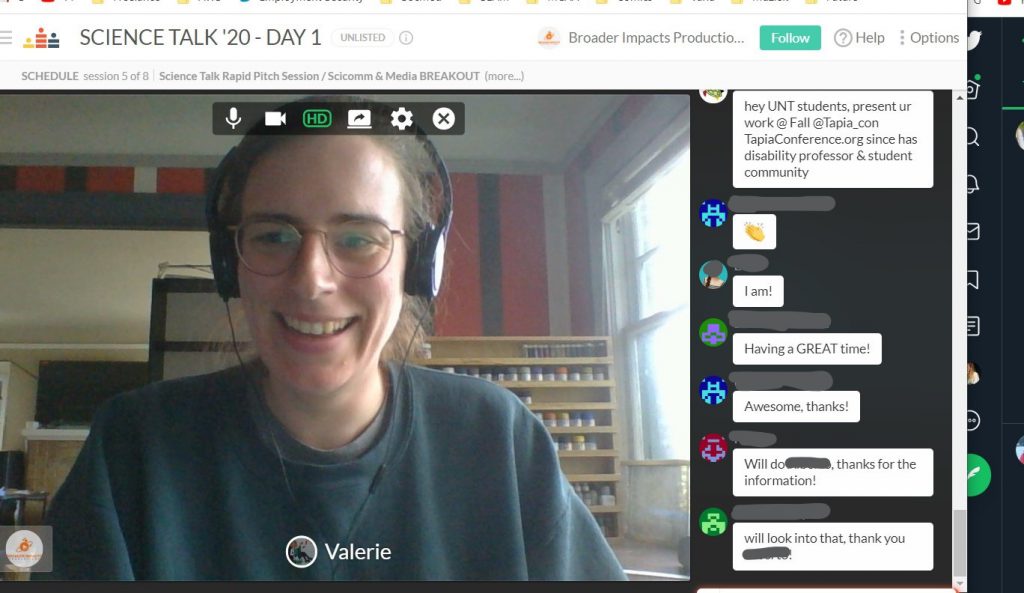Report on the session “Friends of the Science Pod: Broadcasting, outreach and professional networking” at the 2020 meeting of the Americal Association for the Advancement of Science (AAAS2020)
There’s no way around it: podcasting is the-new-thing. And for science communicators, podcasting sounds like a perfect way to participate in science communication, with the potential to reach audiences across borders and disciplines. During the annual meeting of the American Association for the Advancement of Science, Dr. Christopher Lynn (Department of Anthropology, University of Alabama), Dr. Sarah Myhre (Executive Director of the Rowan Institute Seattle; 500 Women Scientists), and Dr. Jo Weaver (Department of International Studies, University of Oregon) gathered together to talk about public scholarship, advancing your scientific career on the sound waves, and the ins and outs of podcasting. For science.
Public Scholarship: science is political
Dr. Sarah Myhre, cohost of “Warm Regards” – a podcast about the warming planet, started off the discussion by introducing the concept of being a public scholar. A researcher is embedded in society, and it is therefore impossible to be apolitical. Following the path paved by women of color, Sarah urged us to participate in public scholarship, rather than science communication.
While science communication is by no means unimportant – it brings science closer to communities by making researchers more personable, teaches academics to use clear language and stay clear of jargon, while conveying accurate information from a position of scientific authority – it has some limitations. For one, it lacks a thorough analysis of power. Science communication, in some forms, can be too much of a one-way street.
With public scholarship, however, being in conversation with the community is a central pillar. It takes into account that talking in public spaces makes the untrue assumption that anyone can engage, without taking into account that there is a higher barrier for people from marginalized communities. There are different ways to achieve public scholarship, such as organizing and hosting events, podcasting, writing Op-Eds, and moderating panels.
When creating media – such as a podcast or an OpEd – one should expect a deeply inequitable landscape and be actively countering the harm around you.
Sarah closed off her part of the session with an exercise for the audience: one person was to tell a story while the other actively listened but without showing any form of expression or acknowledgment. It was very uncanny not to receive any body language cues. Very useful though, for in a podcast, the audience is not there to provide direct feedback!
Why Podcast?
There are several reasons to start a podcast, even in the sea of the already so many existing ones! Dr. Christopher Lynn, who co-hosts a podcast on human biological variation in evolutionary, social, historical, and environmental context called “Sausage of Science,” started his talk by pointing out that “the world doesn’t need anything more than what it already has but they might like it anyway?”
A first valid reason to start a podcast is to propagate good science. But you might also want to promote yourself and gain recognition that can help enhance and advance your career. For grants, podcasting might count as a broader impact. Furthermore, through podcasting, you will build useful, transferable skills. Chris jokes: “Take the scientific approach: do everything once and then hire someone to do the things you don’t like.”
Dr. Jo Weaver, who hosts “Speaking of Race” – a podcast on racial science, chose the topic of her podcast after realizing that racial science was not really being taught anywhere. When they started their podcast, they brainstormed topics while asking the question: What do we think listeners want to hear? – and the rest followed. With 12 topics, the first mini-series was planned out. Because planning is crucial to maintain continuity throughout a podcast series.
Jo went into some podcasting production details, including making the choice between doing an interview – or content-based podcast. Interviews require less preparation but are considerably harder to edit afterwards. Content-based podcasts are the opposite: there is more preparation required but once you follow a script, there is less editing work to do. And going for a hybrid basically requires a full production team.
Advancing your career through podcasting
Jo continued by telling us her journey to getting her podcasting efforts more recognized at her institution. It is the general feeling that “If you’re on the tenure track, you need to be publishing.” From the university’s side, podcasting is not really considered a form of scholarship, so there’s no incentive to support it. It is one of those activities that institutions like to “brag” about when it’s successful, but not incentivize from the start.
However, there are several ways to get a podcast count towards an academic record. There are two main options:
- Turning content into a more traditional format, including an editing volume, theoretical (methodology) or research articles, “popular” academic writing.
- Convincing your institution that podcasting is a useful medium that counts as a teaching and research tool.
Towards the second point, podcasts can be “peer-reviewed,” not only through their popularity rating but also by getting peers to review scripts or write letters of endorsement. To get your university to pay attention, it is helpful to find a supportive admin, lobby your institution as a group, and/or negotiate upfront in your contract.
The importance of having a brand
The session ended with Chris talking about networking and branding. He pointed out that he, as a tenured, white male, had an easy time doing things without fear and repercussion. Nevertheless, putting your research out in the public is a worthwhile endeavor.
He paralleled his experience as a podcaster and a blogger. Through writing a lot (for a blog), you get a lot better at writing. Keep in mind that it is very likely that there will be more people reading your blog – or listening to your podcast – than reading your journal article! Blogs and podcasts allow you to build a platform. If you ever go to an editor to write a book, coming with a built-in audience will strengthen your case.
From a practical point of view, Chris advised us to think like a journalist: follow leads, use “strings” to create a narrative appeal, make sure you have an attention grabber (a “hook”) and know that both quality and quantity are important. High production quality, such as editing and sound for a podcast, will ensure that your audience sticks with you. And by putting out a high quantity of content, people will be more aware of you.
So – should you start a podcast?
That’s up to you! In any case, the session was informative, relaying tons of practical tips on how to be effective at podcasting – and thought-provoking – bringing up interesting discussions around public scholarship and non-traditional forms of publication. I would highly recommend to go listen to some podcasts, and see if you can find your niche!



